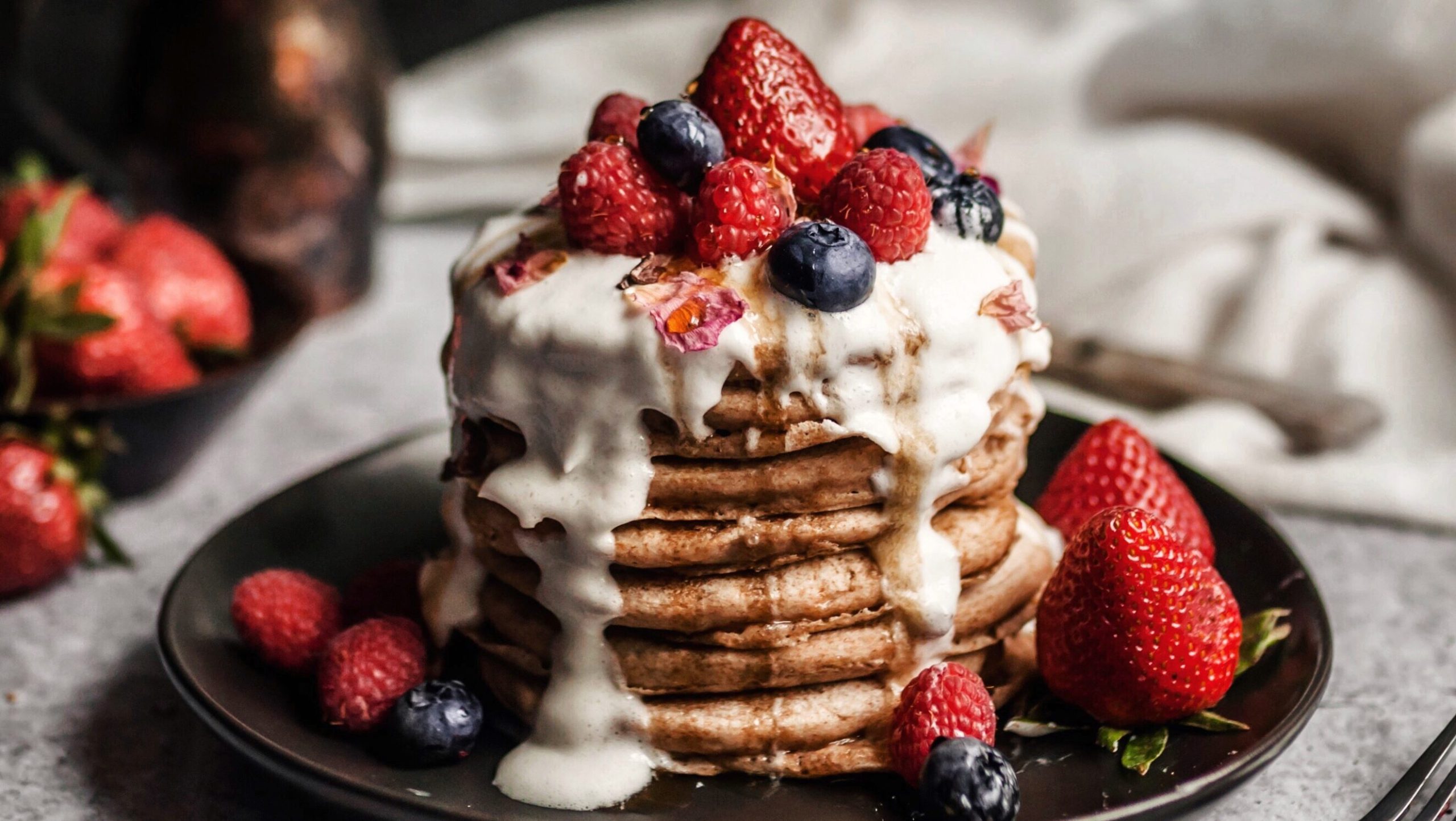Buzz Haven: Your Daily Dose of News
Stay informed and entertained with the latest buzz in news, trends, and insights.
Snapping Deliciousness: Tips for Tantalizing Food Shots
Unlock the art of food photography! Discover tips to snap mouthwatering shots that make everyone crave your culinary creations.
Mastering the Art of Food Photography: Techniques for Captivating Shots
Mastering the Art of Food Photography requires both technical skills and a keen eye for detail. To start, understanding natural light is crucial; utilizing soft, diffused light can enhance the colors and textures of your dishes. Experiment with different times of day to find the best lighting for your setup. Additionally, consider the composition of your shots. Use the rule of thirds to create balanced and engaging images. By positioning elements off-center and incorporating leading lines, you can guide the viewer's eye and create a dynamic photograph.
Another essential technique in food photography is the use of props and backgrounds to add depth and interest to your images. Utilizing contrasting colors, such as vibrant napkins or textured surfaces, can make the food pop and draw attention to your subject. Remember to keep the focus on the food while subtly enhancing its presentation. As you become more comfortable with your camera, explore different angles, such as overhead shots or close-ups, to add variety to your portfolio. With practice and creativity, you can develop a unique style that captivates your audience and showcases the beauty of culinary creations.

The Best Camera Settings for Stunning Food Photography
When it comes to capturing stunning food photography, the right camera settings can make all the difference. Start with a low ISO setting, ideally around 100 to 200, to reduce noise in your images. A lower ISO will also help you achieve richer colors and sharper details. Use a wide aperture, such as f/2.8 to f/5.6, to create a beautiful depth of field that blurs the background and draws attention to your dish. Pair this with a shutter speed of around 1/60s to 1/125s to ensure you capture the food’s textures and colors without any motion blur.
Lighting is key in food photography, so consider shooting in natural light when possible. Always check the histogram after taking a shot to ensure it’s properly exposed. Stunning food photography often benefits from experimenting with different angles; overhead shots work well for flat lays, while a 45-degree angle can highlight the dish's height and layers. Finally, don't forget to adjust your white balance according to your lighting conditions to keep the colors true to life and make your food look as appetizing as possible.
How to Make Your Dishes Shine: Tips for Styling and Composition in Food Photography
Food photography is not just about capturing a moment; it's about telling a story through vivid visuals. To make your dishes shine, begin by focusing on styling aspects. Consider using contrasting colors to highlight the main ingredients. For example, a bright green pesto can pop against a white plate, drawing the viewer's eye immediately to the dish. Additionally, incorporating garnishes like fresh herbs or edible flowers can add a touch of elegance and freshness, enhancing the overall appeal of your food photography.
Beyond the elements of styling, composition plays a crucial role in the impact of your photos. Employ techniques such as the Rule of Thirds to create balanced and engaging images. You might also want to experiment with different angles; shooting from above can provide a unique perspective, while a close-up shot can capture intricate details. Remember to keep the background clutter-free, which helps in keeping the focus on the dish. Lastly, natural light is your best friend—always try to shoot in well-lit environments to make your dishes truly shine.